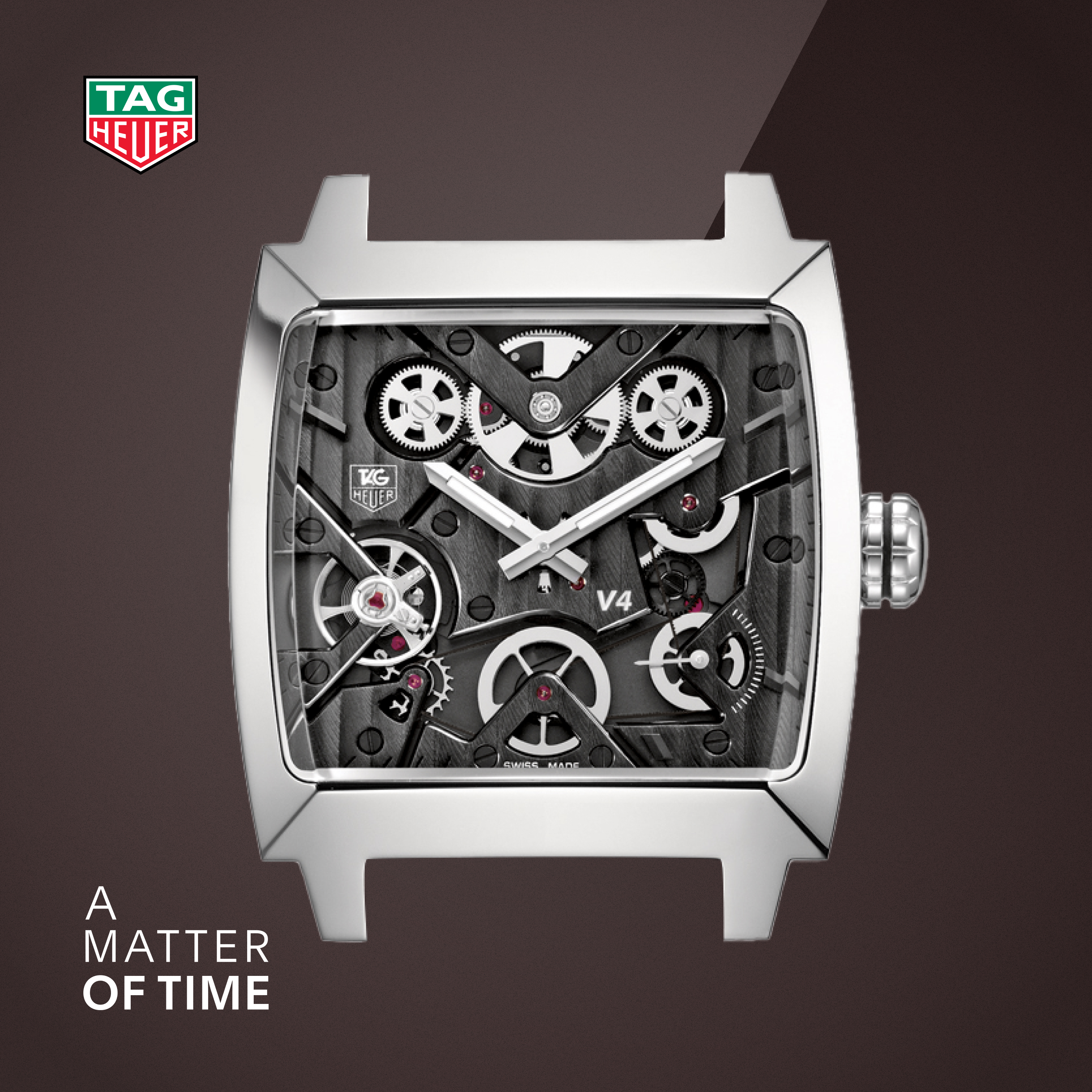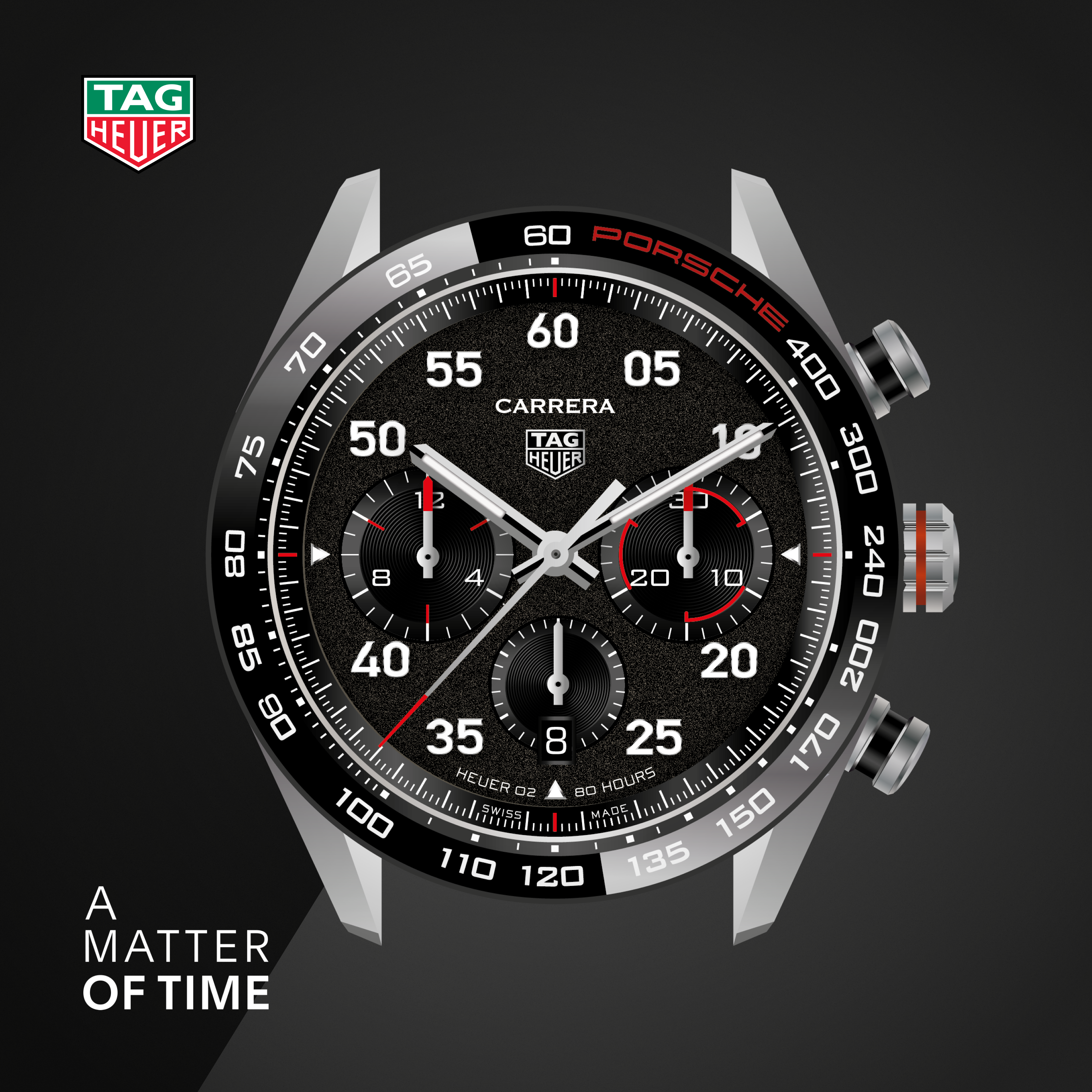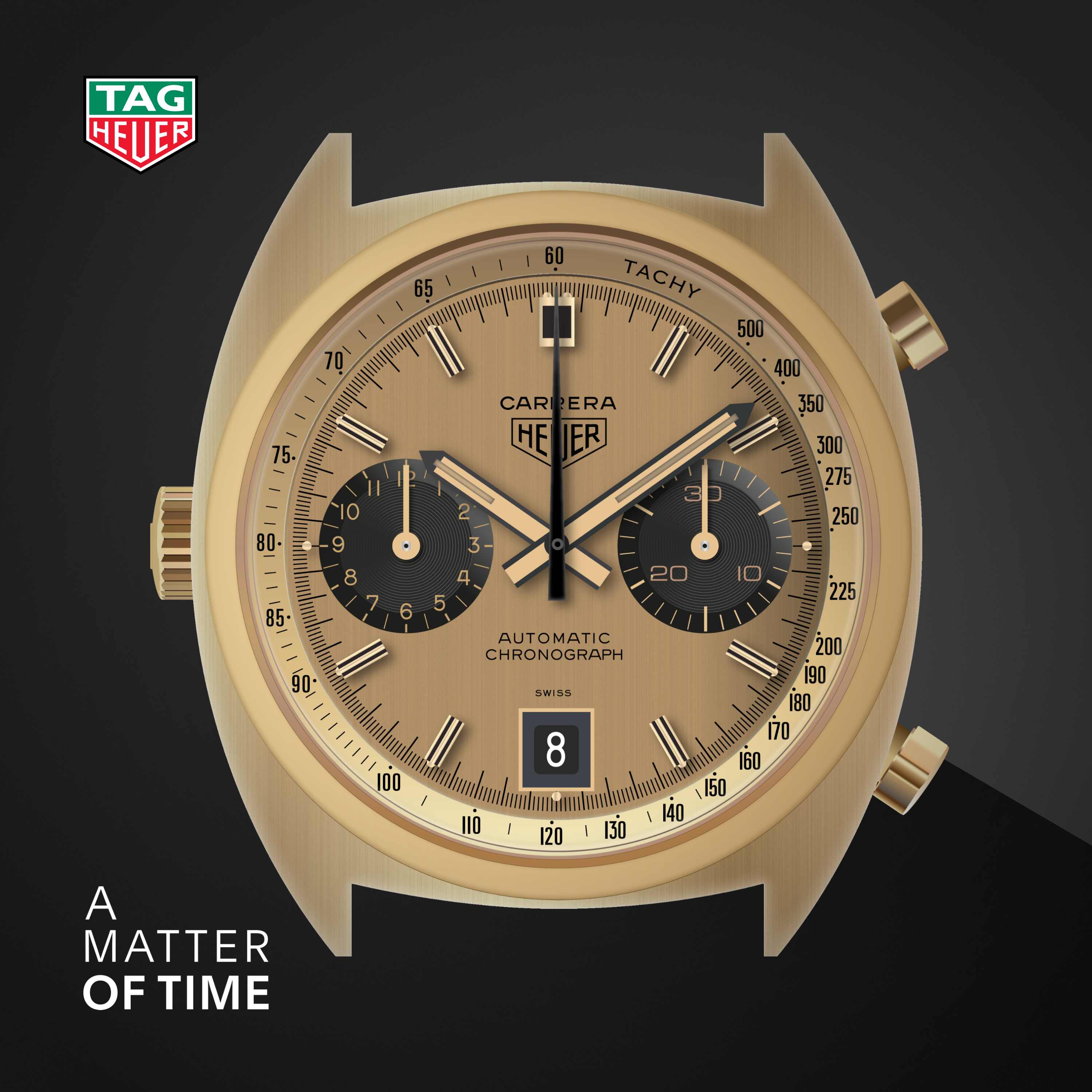Episode Transcript
Speaker 1 00:00:03 Welcome to a matter of time. I'm your host, Nicholas Bbe, heritage Director at Tag Hoyer, and a passionate enthusiast for fine Swiss watchmaking. In this series, we're gonna dip into the archives of Tag Hoya, pull out some of our most iconic models and understand how they translate into our designs of today. In this season, we'll be discussing the Carrera, one of our great icons, one of the great pillars of the brand, and in 2023, we are celebrating the 60th anniversary of this collection. To start off, we need to look a little bit before the birth of the Carrera. The model debuted in 1963, but in fact, Hoya had been producing a series of sports watches throughout the 1940s and the 1950s that would lay the foundations for what would become the Carrera. Perhaps the most archetypal of these are three references that made up the bulk of the catalog in the 1950s. The reference to triple four, the reference triple three six, and the reference 2 4 47, A number that will carry over for the first generation of Carrera.
Speaker 1 00:01:08 These three watches were marketed towards those in high demand environments, scientists, racing drivers, aviators. They were chronographs with a waterproof case, sturdy pushers, and a very clear and legible dial codes that would carry over into the Carrera collection when it would debut. It's interesting to think about the Carrera name itself. We'll talk a bit more about that in later episodes. But first, we should think about the race that inspired this name. The Carrera Pan Americana commencing 1950 and running until 1954. The race was initially conceived by the Mexican government to promote the newly open trans American highway running from the north to the south of the country initially, and then later from the south of the north. It would be a test of the driver and the machine, even in its short lifespan. So many great stories would come out of this race with great drivers of the period competing against each other, some of the most spectacular pieces of machinery and engineering all running over these rough Mexican roads for days on end and thousands of kilometers in its debut year. In 1950, the vast majority of competitors were running fairly ordinary cars, particularly from the US market.
Speaker 1 00:02:28 But as the years would pass by, the European manufacturers would understand how great an environment it was to really push the limits of their cars and the drivers that were expected to compete. Endurance races, including Lamar and the Tiger Flo
Speaker 1 00:02:46 1953 and 1954 are also important years to bear in mind. For our, uh, great partners at Porsche, it was the time when the factory really committed to the race to really understand what they could do to increase the performance of their vehicles in really stressful circumstances, high altitude, low altitude, rural areas, uh, courses within more built up parts of Mexico. It was really a great test of the performance of the cars of the day. We know that as well as the Tagore Carrera. Porsche, of course, have a great connection to the main as well, and the origin is shared between the two. It both draws back to Thera Pan Americana. For Porsche, it was initially to describe, uh, a high performance engine specification that they developed specifically for the race and would eventually find its way onto the nine 11 in 1972. An occasion that we celebrated in 2022 with a special edition Carrera, uh, honoring the, uh, Porsche Carrera RS 2.7.
Speaker 1 00:03:41 In the early period of the existence of Hoya, we were really focused on timekeeping equipment and stopwatches. Wrist watchers were a part of the business, but it wasn't a large, uh, contributor to the bottom line performance of the company after the Second World War. This would change for a number of factors in the economic boom that followed World War ii. There was an increased demand for complicated watches, triple calendar, chronographs, watches with moon phase, those in gold, which were outside the normal request for HU at the time, but an area we developed. The other big part was military contracts, and we were making hardware in chronograph watches that would stand up to the rigorous environments of military applications. This, of course, will cross over into civilian life, strong and sturdy watch cases with screw down backs to increase the water resistance, highly legible dolls in black or silver with luminous accents in different scales such as the TME and the decimal larger formats for the watches that were outside of those.
Speaker 1 00:04:40 Common for the era, going from sizes such as 34 and 35 millimeters all the way up to 37 and 38 millimeters. Really oversized pieces for the period were all the things that Hoya was busy developing, and this led to a series of references, what we call the two triple four, the triple three six, and the 24 47, a number that were carry over into the early carra. This collection of three references today is known by enthusiast of the brand as pre-care errors. It's interesting when you examine the design details of this series of pre-care pieces, how modern the watches look.
Speaker 1 00:05:13 Up until the 1940s, it was common to see Sarah fonts, guilt accents to stainless steel watches, particularly on the Dow and various coasts that felt quite old-fashioned. But when we look at this series of pre-care watches, they feel decidedly modern, very much the products of the 1950s and the design movements that are bound, what today we call mid-century modern, but philosophies from the likes of Bowhouse, of course, from earlier in the 20th century that carried through into the 1950s and 1960s, ems, Meese, Vanderau, all of these great visionaries of design that we know that Jack used as inspiration for some of his later collections. The 1950s also saw the arrival of Jack in the company business in 1959, and it's amazing to think that in this storm of design environment, the position of the company, the activities around Motorsport, this will create a perfect storm for Jack to build one of the most iconic and legendary sports watches ever created. I look forward to sharing more with you in episode two of this season when we really dive deep into the launch of the Carrera and how Jack discovered the name. Thank you very much for listening today. I do hope you've enjoyed some of these great stories from the past, Tago. I love to be able to share them with you. Don't forget to review and subscribe wherever you get your podcasts, and I'm looking forward to sharing more bits of history from the archives in future episodes.


